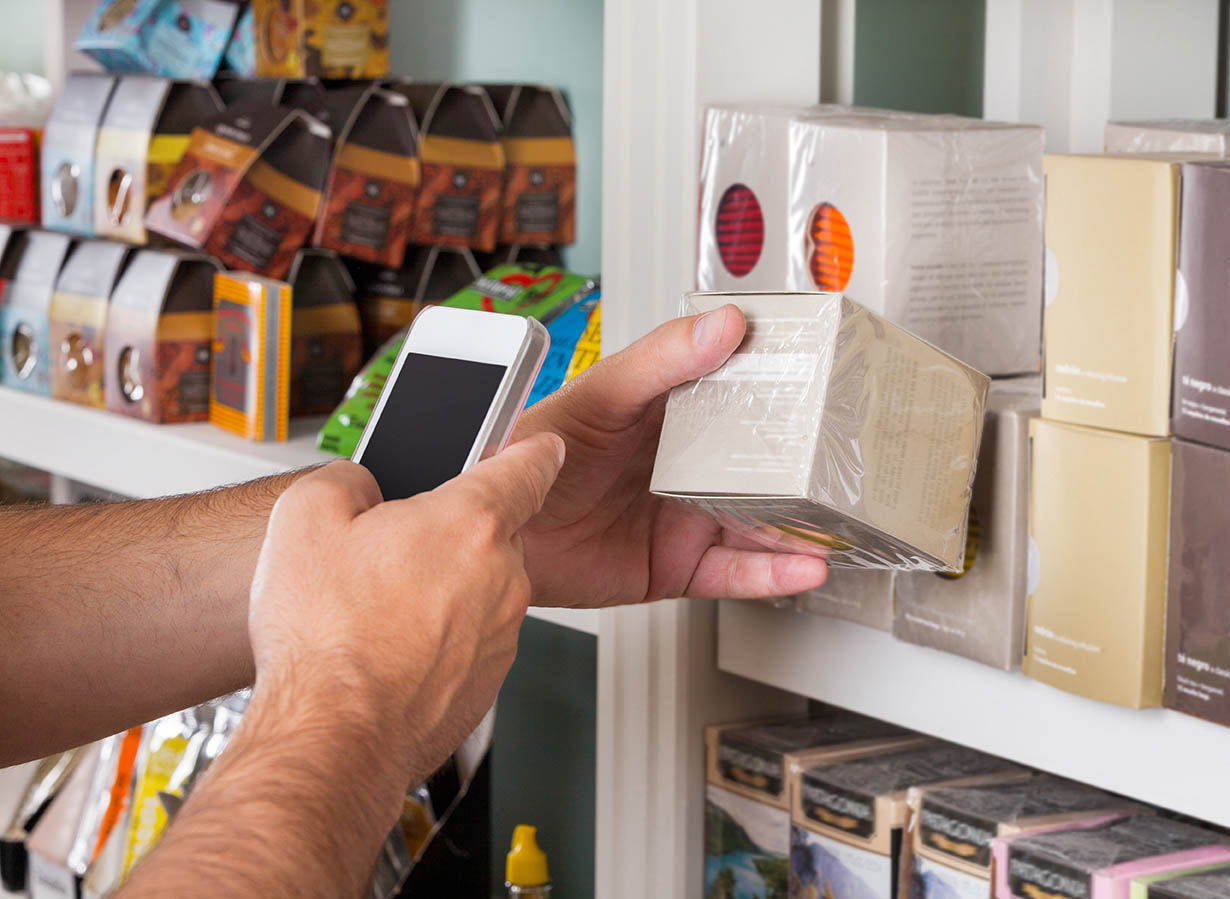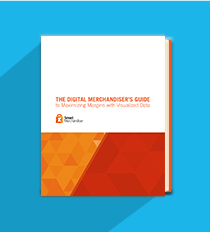
In 1989's sci-fi family comedy Honey, I Shrunk the Kids, the Szalinski children get shrunk to a quarter of an inch thanks to an accident with a ray gun.
Stuck in the backyard beneath towering blades of grass, the kids must traverse a terrifying new landscape filled with perils like giant insects and larger-than-life pollen to get back to the house in hopes that, once they're there, things can be made right again.
For online retailers that are still adapting to the mobile commerce (mCommerce) revolution, the terrifying new landscape of the super-small screen is just as full of mythical perils as those faced by the Szalinski kids.
And while the stakes may be theoretically lower—it's unlikely, for instance, that a giant lawnmower is threatening your life—the stakes are nevertheless remarkably high, especially if your mobile site is up and running, but your conversion rates are still poor.
Beneath the Towering Blades of mCommerce
Mobile commerce is growing. Nielsen reports that more than 4 out of 5 mobile users already make purchases from their devices, and in April, Google reworked its search algorithm to reward sites optimized for mobile above those that are not.
Regardless of how you feel about the revolution, it's becoming increasingly clear that embracing mCommerce is synonymous with embracing success. But how do you embrace it well?
Mobile—especially the smartphone—has been a notoriously poor platform for conversion, but as apps and mobile sites improve the user experience, conversion rates will likely increase. If you're in the mCommerce game but your conversion rates need improving, then it's time build a better ray gun by building a better user interface.
The Challenge of a Better UI
The user interface (UI) in mobile commerce is arguably more important than the store, site or app open on a mobile device's screen and the user who opened it. After all, without an interface with features capable of making communication and action between the two possible, the desires on either end will never come to pass.
And it's not as though the terrain is uncomplicated. Smartphone screens are small, and regardless of how much hardware makers improve display resolution, merchandisers are never going to have more than three to five inches to work with. Likewise, it doesn't matter how beautiful your site is if it takes too long to load. To improve mCommerce conversion rates, simplicity must reign supreme.
Delivering A Better UI
To that end, a conversion rate-optimized UI must incorporate the following:
- Improved Touch. Clicking on a small screen with an adult-sized finger needs to be easier. Touch elements should be at least 7x7mm, and they should be separated by at least 2x2mm.
- Custom Keyboards. With custom keyboards, the hit area increases, which decreases typing errors.
- Faster Load Times. The processing power on a phone or tablet cannot compete with a laptop or desktop computer, which means your mobile site has to be simpler. Load JavaScript in a non-blocking manner, and make use of proper asset caching. Layouts and design should be minimal.
- Progressive Enhancement. The layered approach of progressive enhancement will allow multiple devices, legacy devices, multiple browsers and those with mediocre Internet connections to access your site, while still granting an enhanced experience to mobile users with better software, processing speed and bandwidth.
Regardless of where you find yourself in mCommerce's backyard, you can improve your luck—and your conversion rates—by employing a better UI.
Download The Digital Merchandiser's Guide to Maximizing Margins with Visualized Data eBook today to learn more about how you can improve conversion rates for mCommerce.


